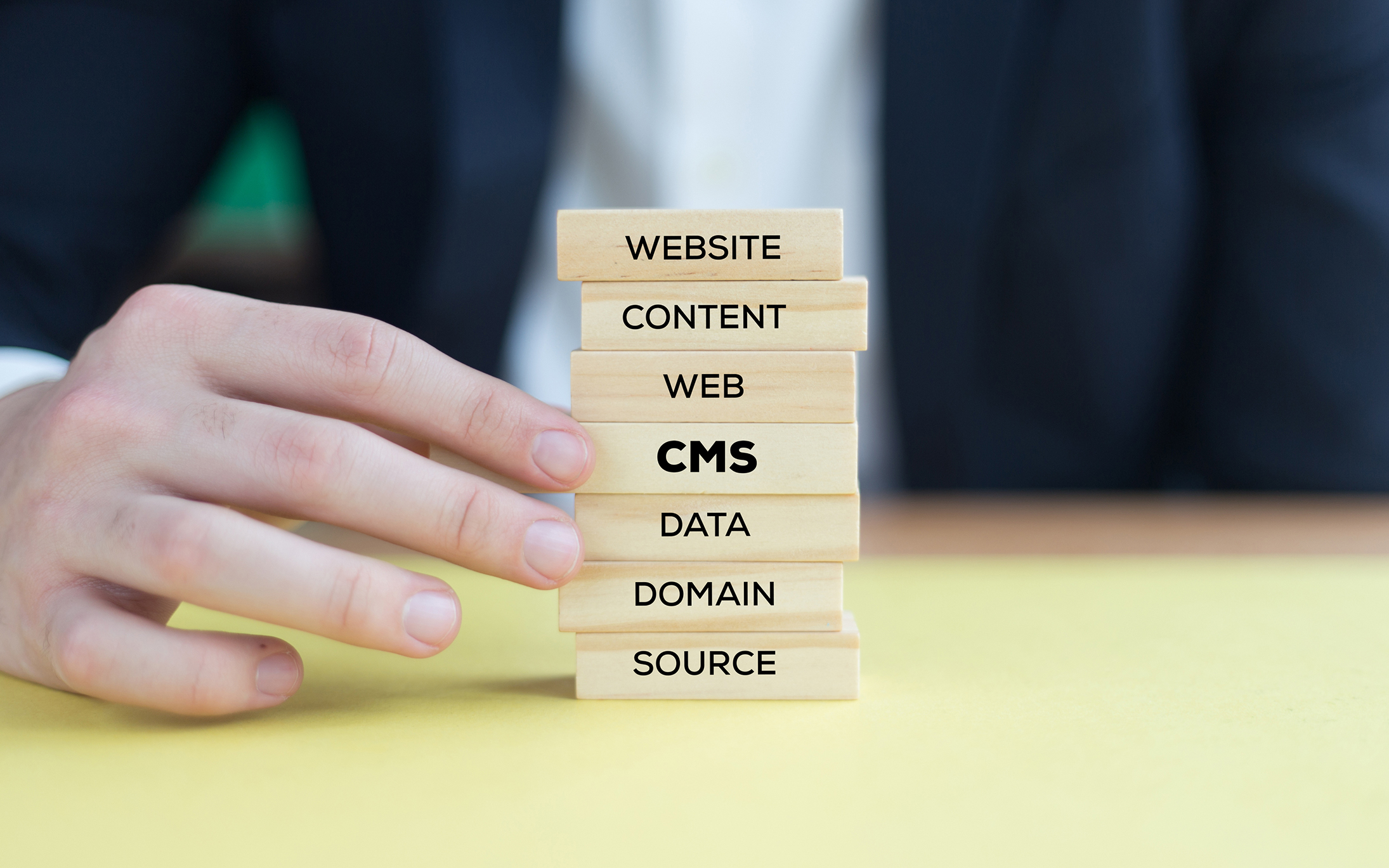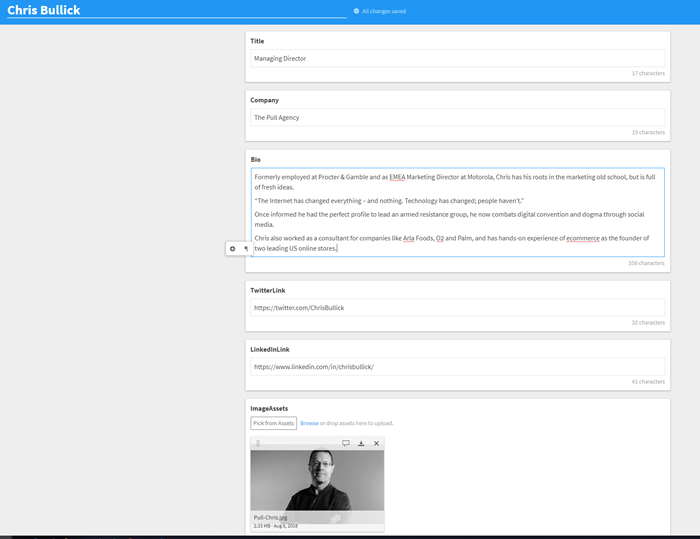
A Headless CMS, if you haven’t already heard, is a CMS (Content Management System) that is its own separate entity. Usually CMS systems are connected to your website physically (known as a Coupled CMS), but a Headless CMS is hosted somewhere else, like the cloud.
Usually Headless CMS content is accessible through an API (Applications Programming Interface) or CDN (Content Delivery Network).
I know what you’re thinking, why does IT (Internet Technology) have so many anagrams? Frankly I don’t know, but a better question is: why should I use Headless CMS? In this blog I’ll give you a few reasons on why Headless CMS is better for you.
Some benefits of a Headless CMS
- Any brand or marketing manager knows that it’s a huge hassle to have your website go down. Analytics can’t gather data, and more importantly users and customers can’t access your website.
Headless CMS means if there are any updates to CMS functionality your system can be updated without the site having to be redeployed, meaning no annoying downtime.
- A Headless CMS means everything is on a different server, this means that any attacks on your website won’t affect content on services you provide. These services could be a mobile app connected to your CMS, or a chat bot for instance. A Headless CMS means that any attacks on your CMS system are contained and don’t spread to all your other programmes. Which is pretty handy!
- Headless CMS is ready for omnichannel. If you plan on having multiple channels that will need to show the same content, Headless CMS avoids human error as well as duplicate work. It separates concerns, all the content creators can edit content in a single place and it will be up to date and consistent on all your channels, reinforcing your brand image and message and leaving less room for error.

A Headless CMS is not only useful for websites. Last year we created a chat bot for one of our events, building it in a Headless CMS.
The main benefit for us was that whenever we wanted to edit the content for the bot rather than functionality, there was no need to do another deployment, it was a simple edit, save and publish. If we had to make last minute changes on the day of the event we could.
Kentico, one of our partner suppliers, wrote all about the Pull event bot in one of their user case study articles, which
you can read here.
- The Headless CMS framework of working gives the flexibility of content editors using whichever CMS they prefer, such as Kentico cloud, your Developers should then be able to integrate the backend for you into your data systems using API’s. This will reduce any learning/training time needed, as your developers and content editors will already be familiar with their chosen platform or have used it in the past.
- You may have heard of content friction. This is when so much approval and feedback is needed for site content it slows down content creation sometimes to a complete halt, therefore further delaying go live date. I’ve seen this before with projects where the website development is done ready for deadline, but content doesn’t get completed until a few months after the deadline due to content having to be created after a certain amount of development is done.
Headless CMS allows copywriters to work as soon as the content needed for the pages is agreed, which is usually very early on in the process. This allows development and content creation to happen in parallel from then onwards, reducing the time needed for a new project and removing the delay issue of content friction.
- Another benefit of using a Headless CMS is the simple functionality. For example, Kentico cloud uses an easy drag and drop tool for creating objects.
So how can you make moving to a headless cms a seamless process?
As every business and project is different so instead of giving you a step by step process, I’m instead going to mention a few important things to be considered when working with a Headless CMS:
- Agree naming conventions for content. This creates a more unified process for both content editors and developers, as everyone is on the same page. Developers know where to pull the content from within the CMS and copywriters know what to fill the field in with.
- Get content creation and your copywriting team working as soon as possible on the project. The beauty of Headless CMS is that content creation works in tandem to your development team. Avoiding that nasty content friction scenario.
Hopefully I’ve sold you the benefits of having a Headless CMS. From unifying content updates across channels, to reducing content friction.
Our partner Kentico have some
great case studies to inspire you to get your business using a Headless CMS. And, of course Pull is always on hand to help 😉.
Posted 1 April 2019 by Arthur Gaff